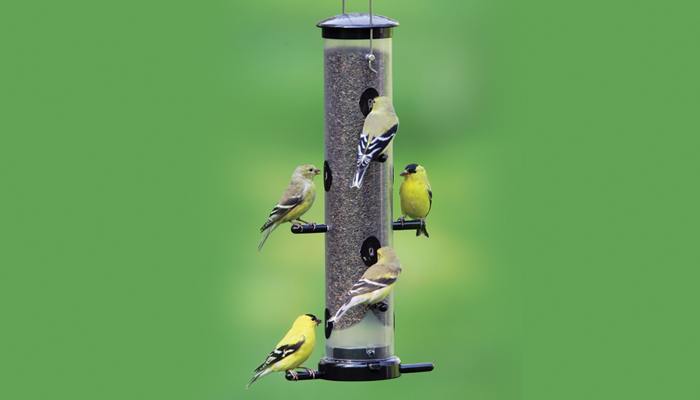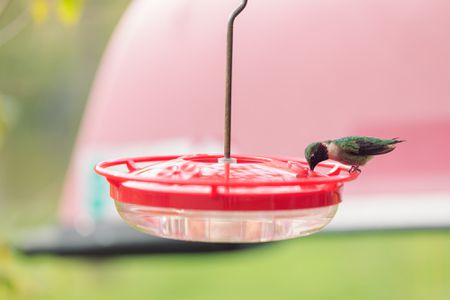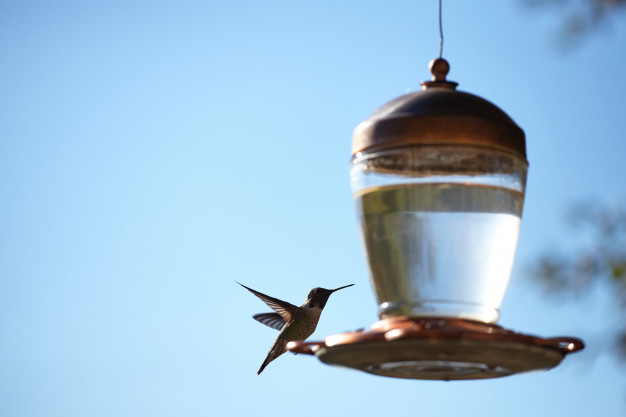Hummingbirds are found exclusively in the Americas with ranges spanning from Southern Alaska and Canada to the southern tip of South America. Most species are migratory with North American birds traveling to regions of Mexico and South America in the Fall and returning to their breeding grounds in the Spring.
When it comes to hummingbird feeding, Spring and Fall are important calendar periods of which you should be particularly conscious. A hummingbird expends significant calories during migration periods and sources of nectar become harder to find in the Fall. If you are following the 1 to 4 sugar/water feeding recommendation, consider increasing the sugar to water ratio a bit in the fall to 1 part sugar to 3 parts water. This will provide the additional energy a hummingbird needs to make the long trip ahead.
Your consideration in the Spring is initially attracting hummingbirds to your garden or artificial hummingbird feeding station. As a hummingbird migrates North, it is expending as much energy as it did during its Fall migration. While there are likely more natural food sources available during its Spring migration, your objective is to provide an inviting home and hopefully entice a bird or two to hang around.
Though the migration schedules for hummingbirds varies by species, a good rule of thumb is to get your feeder out early. Mid March is a good, early start time. Delay by a week or two if you live in a more northern climate.
Residents of Southern California could leave their feeders out all year and still attract visitors as the gentler climate caters to year-around hummers. Remember to keep the feeder cleaning schedule up. Also consider cutting back on how much you are feeding visiting hummingbirds as other species will have migrated south and you may be hosting less visitors. The birds will let you know their needs. If you come home to an empty feeder every day, up the amount of sugar water to compensate.
Finally, remember that the sugar water you are feeding hummingbirds is a supplemental food source for energy and not for nutrition. Hummingbirds will also feed on insects and drink unsweetened water so a garden that supplies both will further increase your odds of hosting a hummingbird during the hummingbird busy season!





